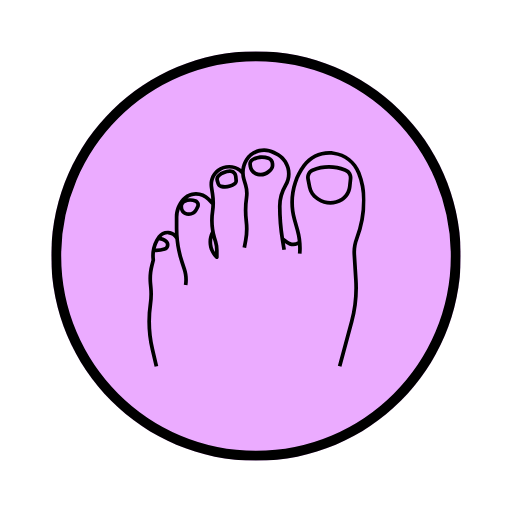Sarah, a passionate baker, was ready to share her craft with the world. Her goal? A captivating website that mirrored the charm and quality of her bakery. However, the journey from a dream to a digital reality was not as straightforward as she had hoped.
Navigating DIY website platforms, Sarah found herself lost in a maze of templates and tools. "My cakes are works of art, and I needed my website to reflect that elegance," Sarah shared. The generic templates failed to capture the essence of her unique brand, leaving her website looking less than professional.
Realising the significance of a well-designed website, Sarah sought professional guidance.
Here are some key insights that transformed her digital presence:
-
Styling and Consistency: Your website is an extension of your brand. Maintain a consistent style that aligns with your brand identity. This includes using a coherent color scheme and consistent font styles. For Sarah's bakery, a palette of soft, pastel colors with one or two accent colors provided a warm and inviting look.
-
Font Matters: Choose fonts that are not only aesthetically pleasing but also easy to read. A good rule of thumb is to stick with one or two fonts - one for headings and another for body text. For example, a clean serif font can convey elegance and professionalism, perfect for Sarah's high-end bakery.
-
Minimalism is Key: Avoid clutter. A clean, minimalistic design with plenty of white space can make your site look more professional and make it easier for visitors to focus on what’s important - your products or services. Sarah's website showcased her cakes with large, beautiful images and minimal text, letting the visuals speak for themselves.
-
Strong Imagery: High-quality images are crucial. They should be clear, professionally shot, and relevant to your content. Sarah used high-resolution images of her cakes, which not only looked appetising but also demonstrated the quality of her work.
-
Mobile Responsiveness: Ensure your website looks great and functions well on all devices, especially mobile phones. With more people browsing on their phones, a mobile-responsive design is no longer optional.
-
User-Friendly Navigation: Make it easy for visitors to find what they need. A simple, intuitive navigation menu is essential. Sarah’s website featured a straightforward layout with clear categories like ‘Menu’, ‘About Us’, and ‘Contact’.
-
SEO Best Practices: Optimise your website for search engines to increase visibility. Use relevant keywords, meta descriptions, and alt text for images. This helped Sarah’s bakery appear in local search results, attracting more customers.
Sarah’s new website, with its professional design and thoughtful layout, not only reflected her brand's elegance but also converted visitors into customers. "Now, my website is a digital showcase of my passion, and it's as inviting as the aroma of my freshly baked cakes," she said with pride.
For non-technical business owners like Sarah, understanding these fundamental aspects of website design can turn the daunting task of building a website into an exciting journey to online success.
| Image by DALL-E 3

